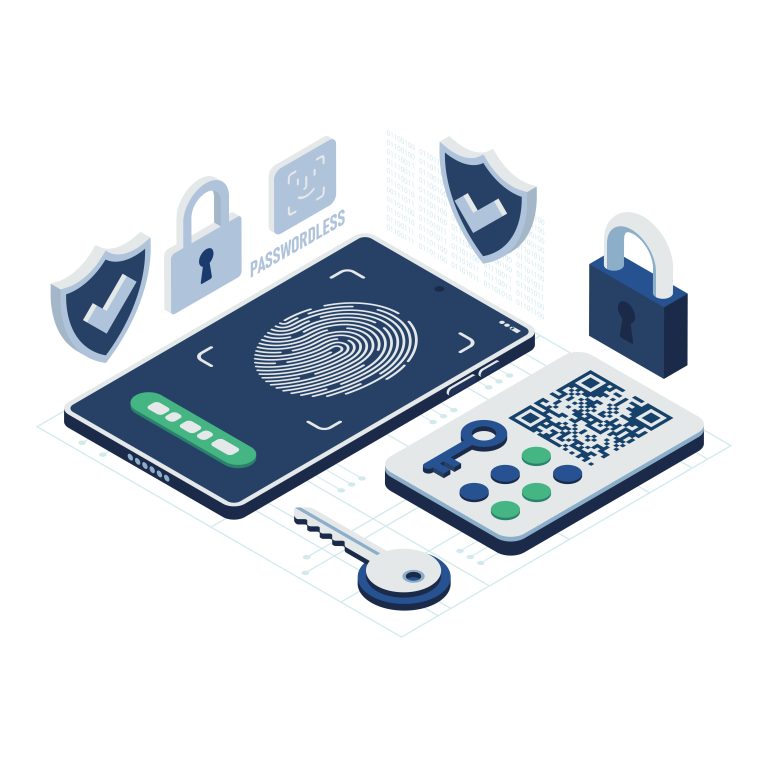Why Authenticator Apps Outshine Email for Two-Factor Authentication

In the evolving landscape of digital security, not all two-factor authentication (2FA) methods are created equal. While email-based 2FA codes represent a step forward from password-only protection, authenticator apps have emerged as a significantly superior option for protecting your online accounts.
The Vulnerability of Email-Based 2FA
Email might seem like a convenient channel for receiving authentication codes, but this convenience comes with substantial security compromises:
- Shared vulnerability: If your email account is compromised, all accounts using email-based 2FA become vulnerable simultaneously – creating a dangerous single point of failure
- Dependence on network connectivity: Email delivery can be delayed or blocked by network issues, leaving you unable to access your accounts when needed most
- Susceptibility to phishing: Sophisticated attackers can intercept email communications or trick users into sharing codes through fake login pages
The Authenticator App Advantage
Authenticator apps like Google Authenticator, Microsoft Authenticator, and Authy address these vulnerabilities through several key improvements:
1. Independence from Network Connectivity
Authenticator apps generate codes directly on your device using a time-based algorithm synchronized with the service provider. This means:
- You can generate codes even without internet access
- No delivery delays when you need immediate access
- No interception risk during transmission
2. Enhanced Security Architecture
These apps implement security best practices that email simply cannot match:
- Time-limited codes that expire quickly (typically 30 seconds)
- Device-specific encryption of authentication secrets
- Protection from account takeover even if your primary device is lost (through backup options)
3. Protection Against Phishing
The design of authenticator apps makes them inherently resistant to common attack vectors:
- Codes are generated locally rather than transmitted
- Many apps now feature push notifications that require only a simple approval
- Advanced options like biometric verification add another security layer
4. Simplified User Experience
Beyond security, authenticator apps offer practical benefits:
- All your authentication codes in one organized place
- Clear visual indicators of when codes will expire
- Option to add labels and organize multiple accounts
Real-World Implementation
Switching to an authenticator app is remarkably straightforward:
- Download a reputable authenticator app
- When setting up 2FA on a service, choose the authenticator app option
- Scan the QR code or enter the provided secret key
- Store backup codes somewhere secure (preferably offline)
Looking Forward
As cyber threats continue to evolve, authenticator apps are keeping pace with innovations like:
- Integration with hardware security keys
- Adaptive authentication based on behavioral patterns
- Cross-device synchronization for seamless access
What You Really Need to Know
While email-based 2FA offers minimal protection over password-only systems, it falls short in addressing modern security challenges. Authenticator apps provide a significantly stronger security posture with improved usability. For anyone serious about protecting their digital identity, making the switch from email-based codes to an authenticator app is one of the simplest yet most impactful security upgrades you can implement today.

 ALL BLOGS
ALL BLOGS


